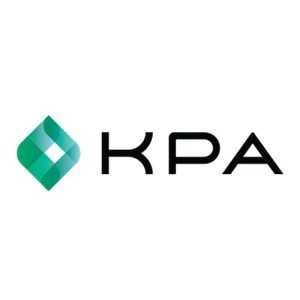- Know the Signs
There are two common kinds of heat-related illness: heat exhaustion and heatstroke. While both call for prompt action, the latter is a medical emergency. Understanding the difference may be a matter of life and death. Either of these illnesses can strike easier than you think.
While people working outdoors in extreme heat are the most susceptible to heat illness, it can also affect people indoors. The radiant heat in some indoor environments — such as metal fabrication shops — can exceed outdoor temperatures. Remember that people frequently overestimate their limits and ability to continue working in the heat. They may not know they’re in trouble before it’s too late. - Know the Risks
All of the following can factor into heat illness risk:- Current temperature and humidity.
- The use (or non-use) of personal protective equipment.
- The time of day.
- Exertion — i.e. the activity level a task demands.
- Direct sunlight/shade. Also, make sure your team is acclimated to working in the heat.
- Familiarize Yourself With the Heat Index
The NWS Heat Index is a valuable measurement tool for heat-related workforce risk. The scale ranges from 80 °F and 40% humidity (defined as the low end of “Caution”) to 110 °F and 100% humidity (far into “Extreme Danger” territory). To access the NWS Heat Index, visit https://www.weather.gov/safety/heat-index. - Identify Heat Illness Management Controls
The greater the danger on the NWS Heat Index, the more protective measures employers should take. Those measures may include any or all of the following:- More time for acclimation.
- Additional safety briefs.
- Additional water sources.
- Hydrating snacks and drinks (e.g. popsicles, sports drinks, fruit).
- Periodic hydration reminders.
- Additional shade (e.g. with tents).
- Faster job rotation.
- Mandatory sunscreen applications.
- More frequent breaks.
- Cooling equipment and clothing (e.g. hard hat cooling inserts and evaporative cooling vests).
- Large fans.
In any case, always ensure adequate medical services are available and be ready to stop and reschedule work. At certain temperatures, no task is worth the risk.
- Take Humidity Seriously
Relative humidity is a measure of the amount of moisture in the air. Sweat does not evaporate as quickly in a moist environment as it does in a dry climate. Because evaporation of sweat from the skin is one of the ways the human body cools itself on a hot day, high humidity reduces our natural cooling potential, causing us to feel hotter. Low humidity can also be a problem for outdoor workers in hot, desert-like climates. Sweat evaporates rapidly in low humidity, leading to severe dehydration when a person doesn’t drink enough water throughout the day. - Think Indoors, Too
Heat illness can occur anywhere. Based on where you do business, your organization may be on the hook for indoor as well as outdoor conditions. California, for instance, is finalizing a heat illness prevention rule that would apply to indoor work areas where temperatures exceed 82 °F. Many of the same precautions as outdoor environments apply to indoor settings. Remember that architectural aspects, such as reflective shields and insulation, can impact a building’s internal temperature. - Create a Heat Illness Prevention Team
Designate people within your organization as heat safety leaders. Members of the team should be responsible for reporting, monitoring conditions, managing response protocols, implementing controls at each risk level and ensuring the availability of supplies and equipment. - Educate Your Employees
Employees should be trained to recognize symptoms of heat-related illnesses, what to do when symptoms are observed, and on site-specific risks and controls. In addition to their personal heat illness prevention choices, such as water intake and clothing, members of your workforce also need to be aware of their individual risk factors, including age, medications, obesity, diet, smoking habits and medical conditions.
To view the Dealer Heat Illness Checklist, visit https://info.kpa.io/auto-lada-heat-illness-checklist.









